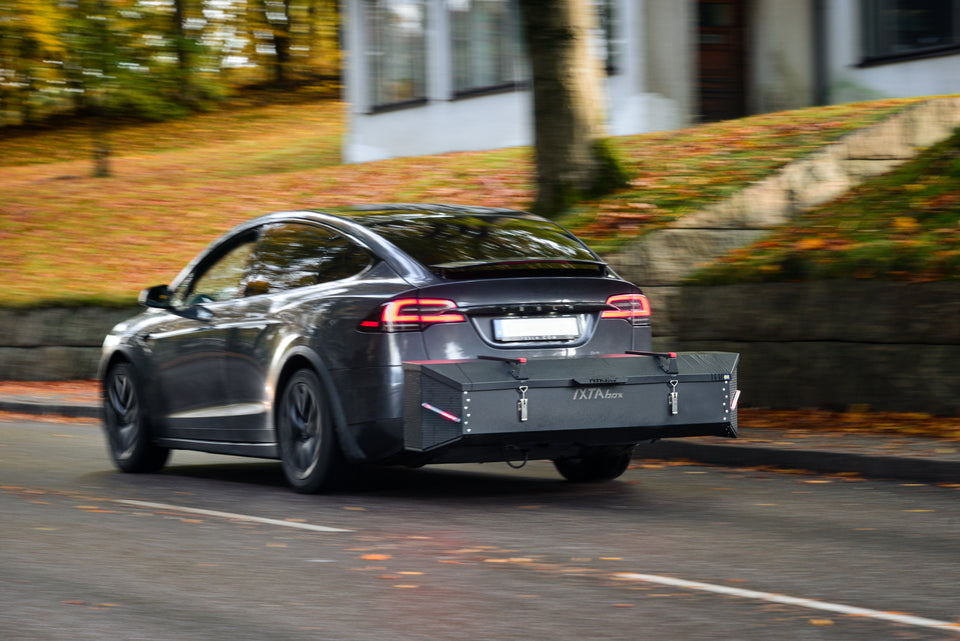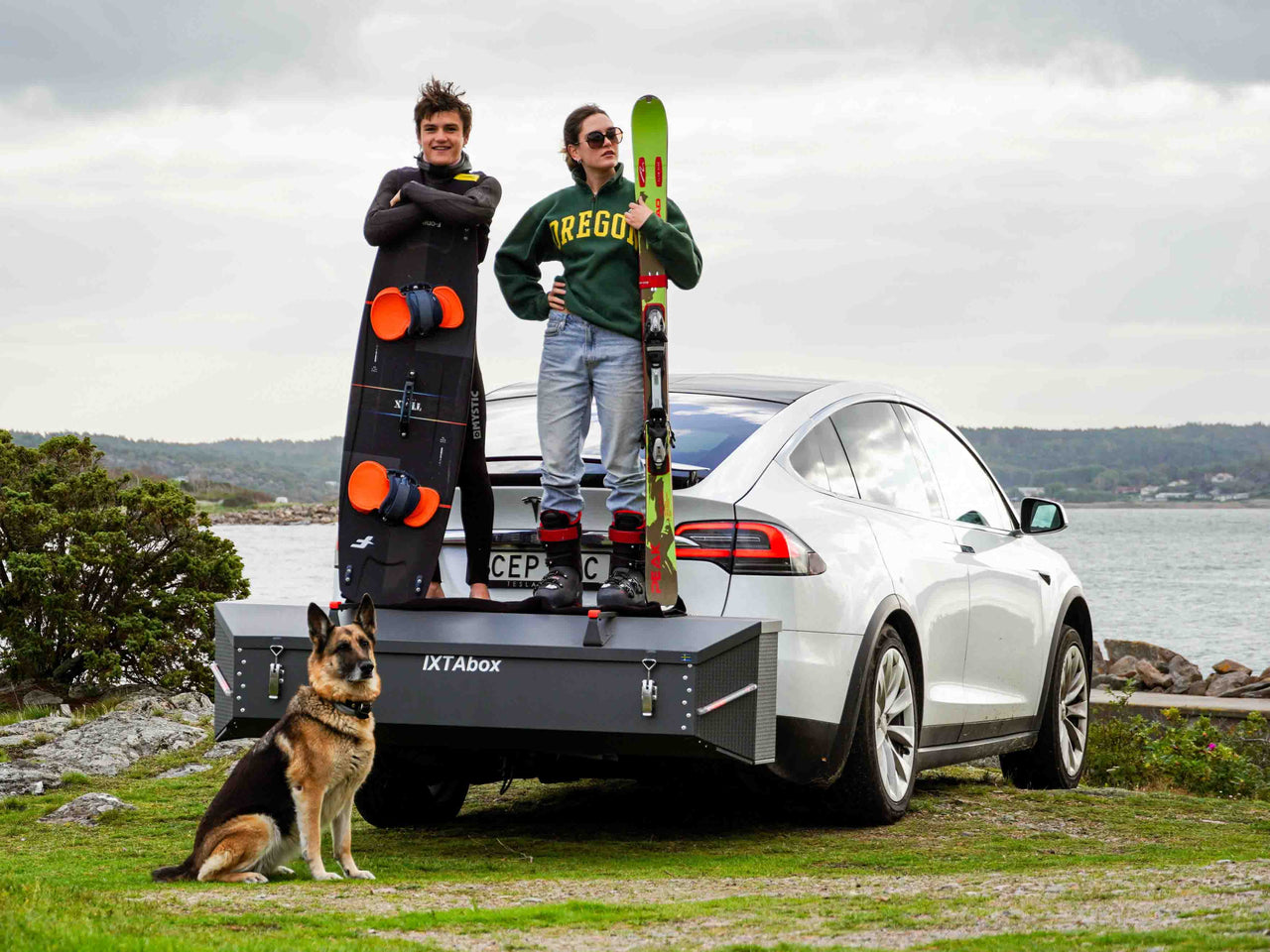
Planning Your Next Big Adventure?
Are you gearing up for an epic journey? Do you constantly find yourself needing extra car space for your gear or tools? Whether you're hitting the slopes, biking through trails, camping under the stars, or just moving a load of stuff, cramming everything into the back of your vehicle can be a real headache.
Traditionally, roof boxes have been the go-to solution for extra storage. But what if there were a smarter and less annoying alternative?
Introducing the Cargo Box: the ultimate innovation in vehicle storage. This revolutionary solution offers the extra packing space you need without the hassle and frustration of mounting a cumbersome roof box.
But, how do you pick the right Cargo Box? Not all are created equally.
In this comprehensive guide, we'll help you sift through the options and highlight the key features to look for when choosing the perfect Cargo Box.
First, Why Choose a Cargo Box Over a Roofbox?
Considering a Cargo Box instead of a Roofbox offers several advantages tailored to your lifestyle. These are a few of the ones we consider more important:
- Ease of Access: Unlike Roofboxes, accessing most Cargo Box is straightforward. You don't need to stand on your vehicle's threshold or open car doors to reach your luggage, ensuring safety and convenience.
- Universal Mounting: Roofboxes require specific roof mounts, potentially necessitating different mounts for various cars. In contrast, some Cargo Box offer more universal mounting options, simplifying compatibility.
- Reduced Air Resistance: Cargo Box are mounted at the rear of the vehicle, minimizing air resistance compared to RoofBoxes, which are mounted on top. This design choice can improve fuel efficiency and overall driving comfort and noise in the cabin.
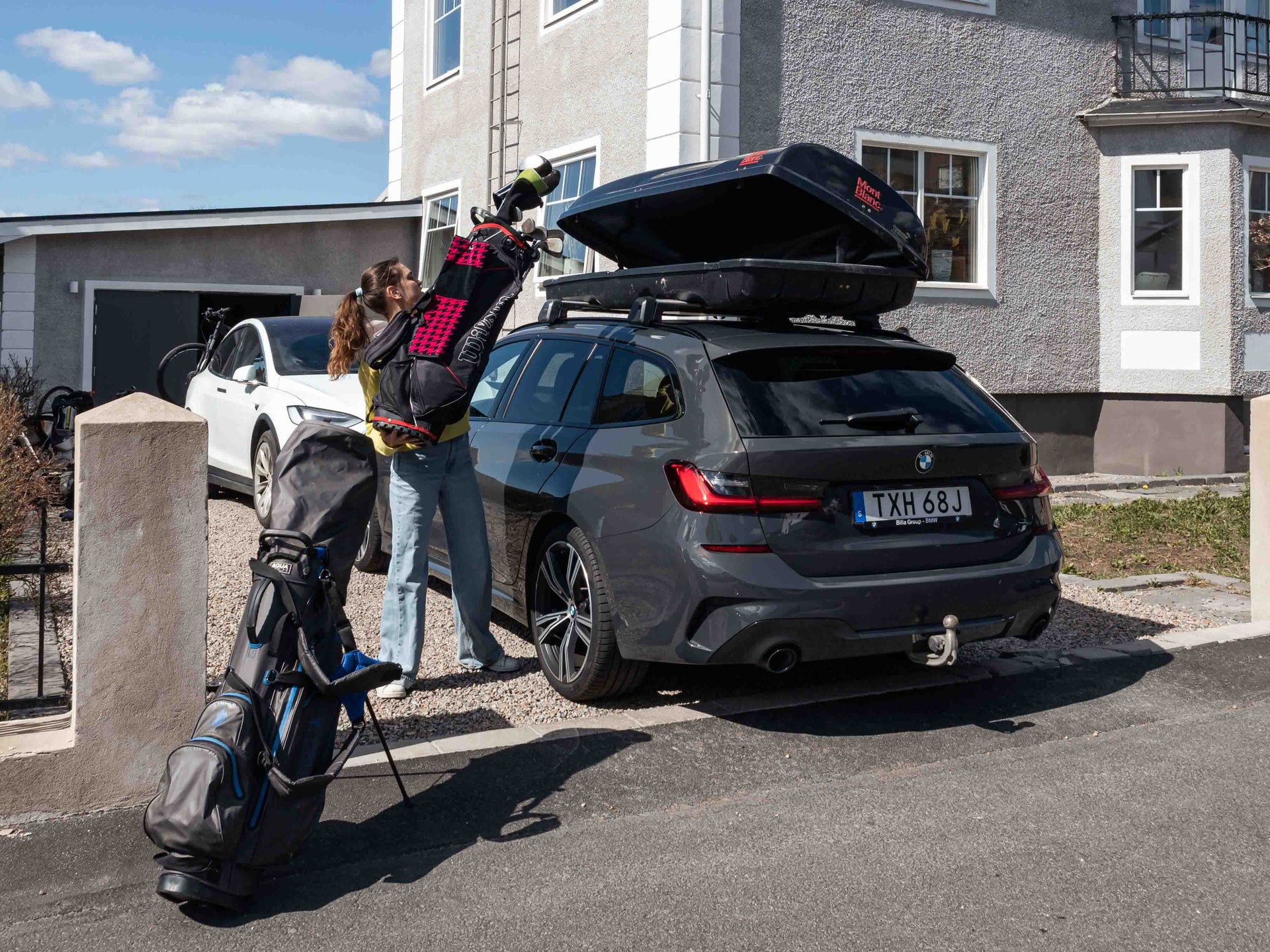
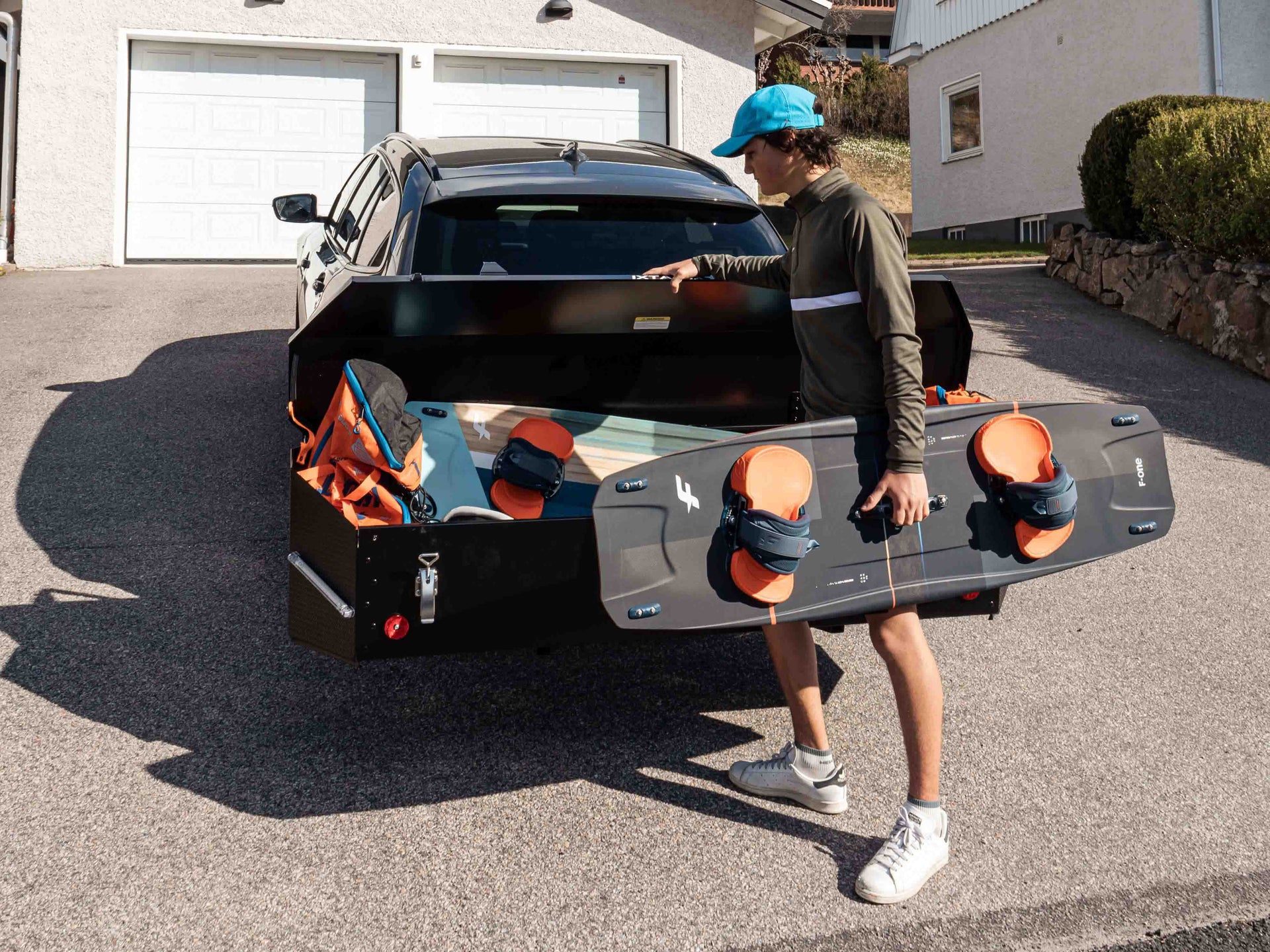
Size And Shape Matter
Size is crucial when selecting a Cargo Box, as you're aiming for the most efficient packing space. A Cargo Box that's too small won't accommodate all your gear, while one that's too large can be cumbersome to handle and set up.
Start by considering the type of gear you plan to pack. Generally, a Cargo Box with a capacity of 350 litres or more provides ample space for travel bags, medium-sized gear, helmets, and more. Unlike traditional roof boxes, a Cargo Box offers easier packing, making it a more practical and efficient choice for your adventures.
Length is a critical factor when choosing a Cargo Box. If you plan to transport long, slender items like skis, a Cargo Box with less volume but greater length might be the perfect fit. Check this length relative to the width of your vehicle as a Cargo Box wider than your car can make driving more challenging. While most European countries allow attachments up to 2.40 meters wide, check local regulations.
The shape of your Cargo Box storage space is just as important as its size. Veterans of traditional roof boxes know the frustration of trying to fit gear into an irregularly shaped container. A box with ample volume but too many curves can be inefficient for storing certain items. Make sure the volume is consistent and the shape is practical for your needs, ensuring every inch of space is usable.
For example, in the case of the Thule Arcos, you can lose 10-15 cm of usable space due to its lid-holding mechanism.
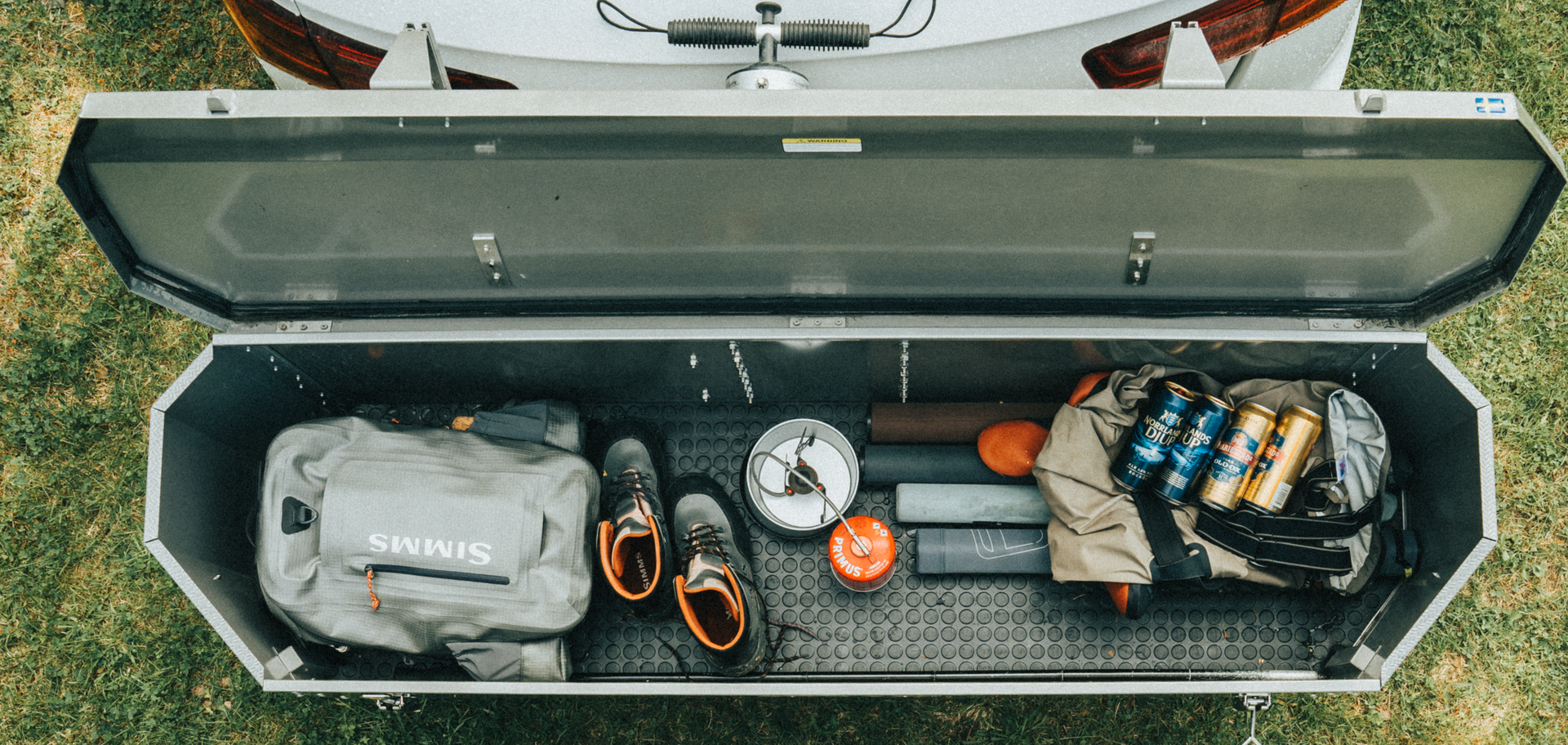
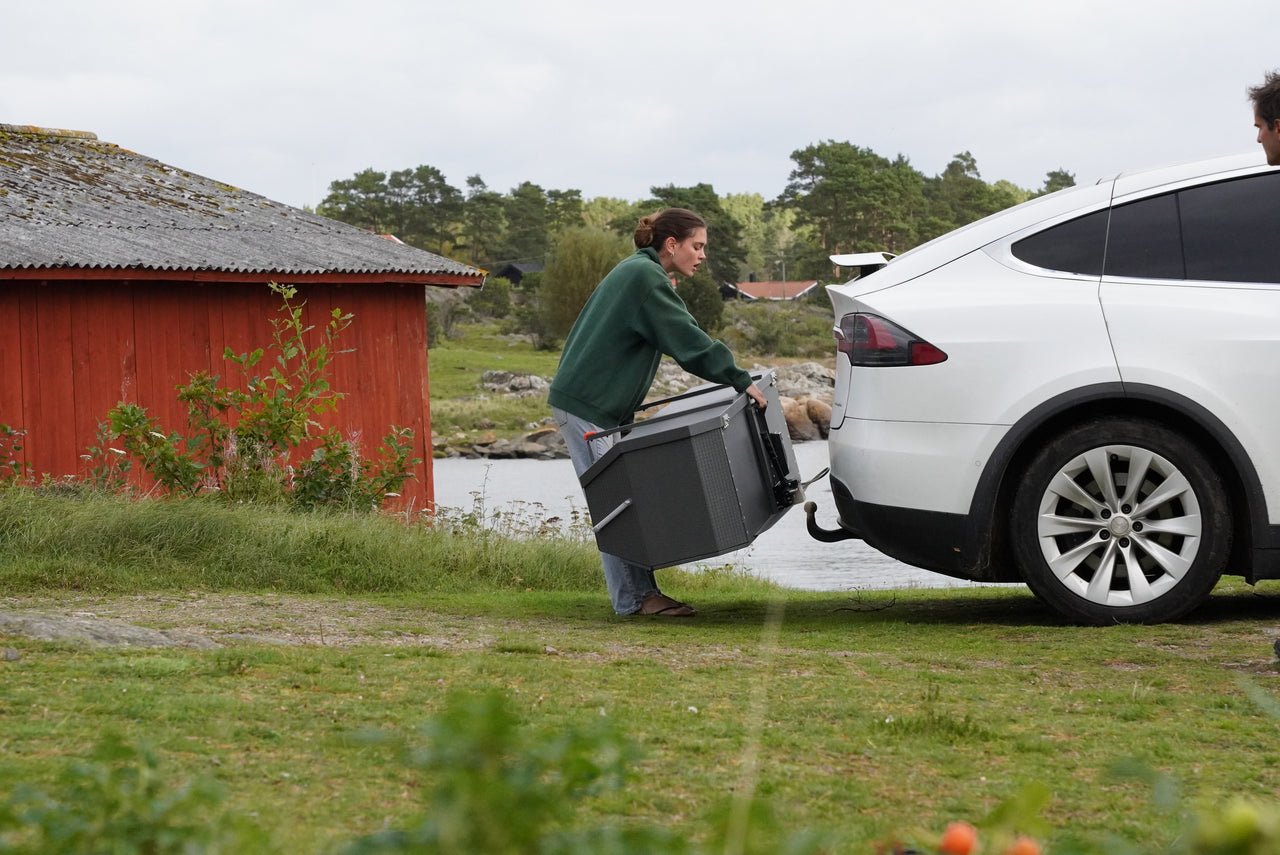
Mounting Matters: How to Attach Your Cargo Box
Understanding how a Cargo Box mounts to your car is crucial. Some models offer straightforward solutions, such as mounting directly to a towing hook (IXTAbox), while others may require additional pieces and mounting gear.
For example, most Cargo Boxes will require mounting a supporting structure and extra tools to attach/detach the holding container to this structure. Ensure the mounting system is compatible with your vehicle and your needs to mount and dismount your Cargo Box.
Accessibility:
A Cargo Box is positioned at waist height, making it much easier to load and unload also increasing safety and convenience, especially with frequent use. Here are some accessibility points to consider while choosing the better Cargo Box:
Can You Open Your Trunk?
Adding extra space to your vehicle is fantastic, but it's essential to ensure you can still access your car trunk while the Cargo Box is mounted. Some models allow you to adjust the height of the Cargo Box (e.g. IXTAbox) to fit your car, while others don’t. Choose a size and model that will enable you to open the trunk without obstruction.
Choosing the Right Lid
The accessibility of a Cargo Box is crucial. Consider how well the lid opens and at what angle. For example, the Thule Arcos opens only 50-60 degrees, making loading and unloading gear more challenging. Also, think about how easily the lid opens and whether it stays open on its own. The last thing you want is to wrestle with a stubborn lid whenever you need access.
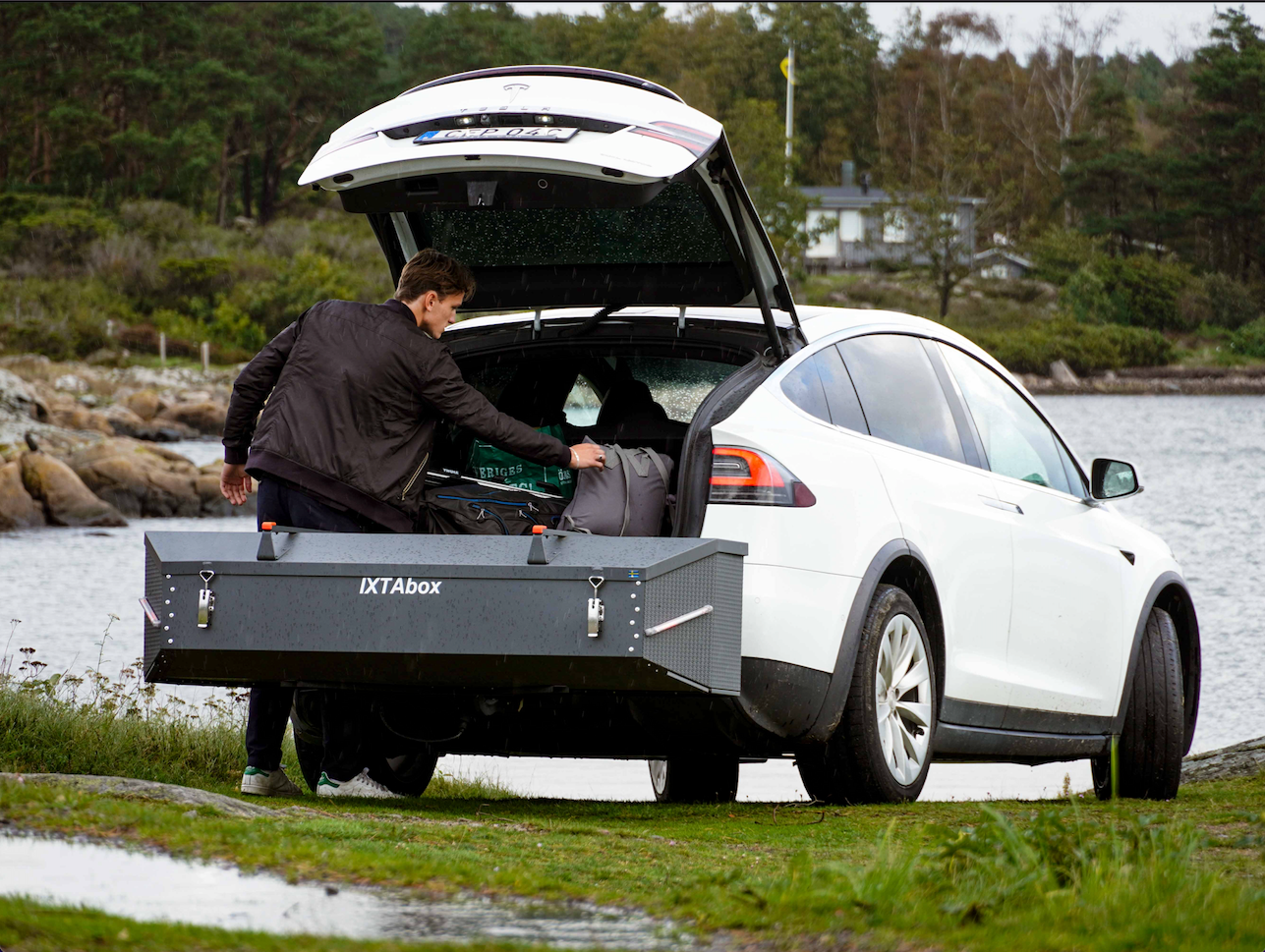
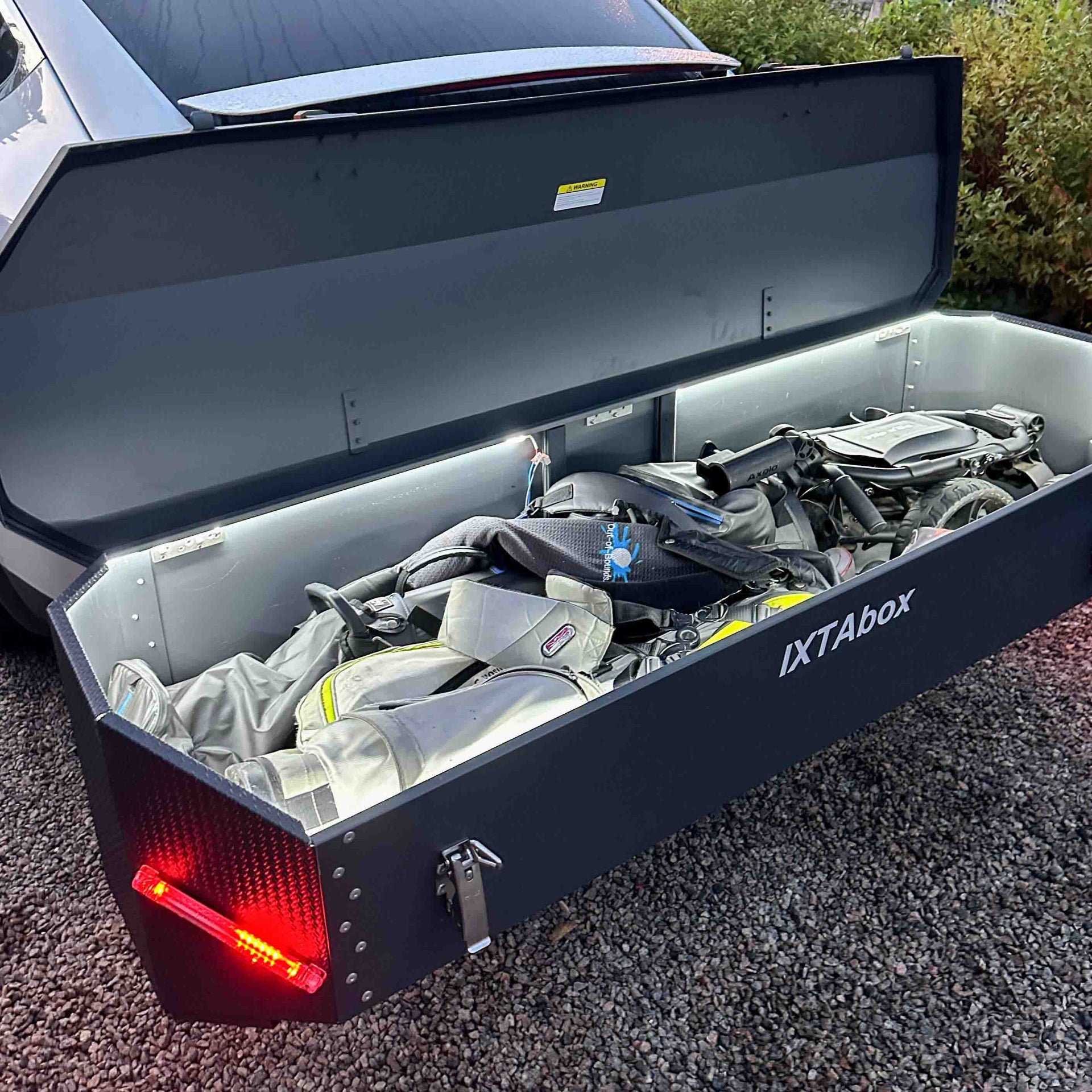
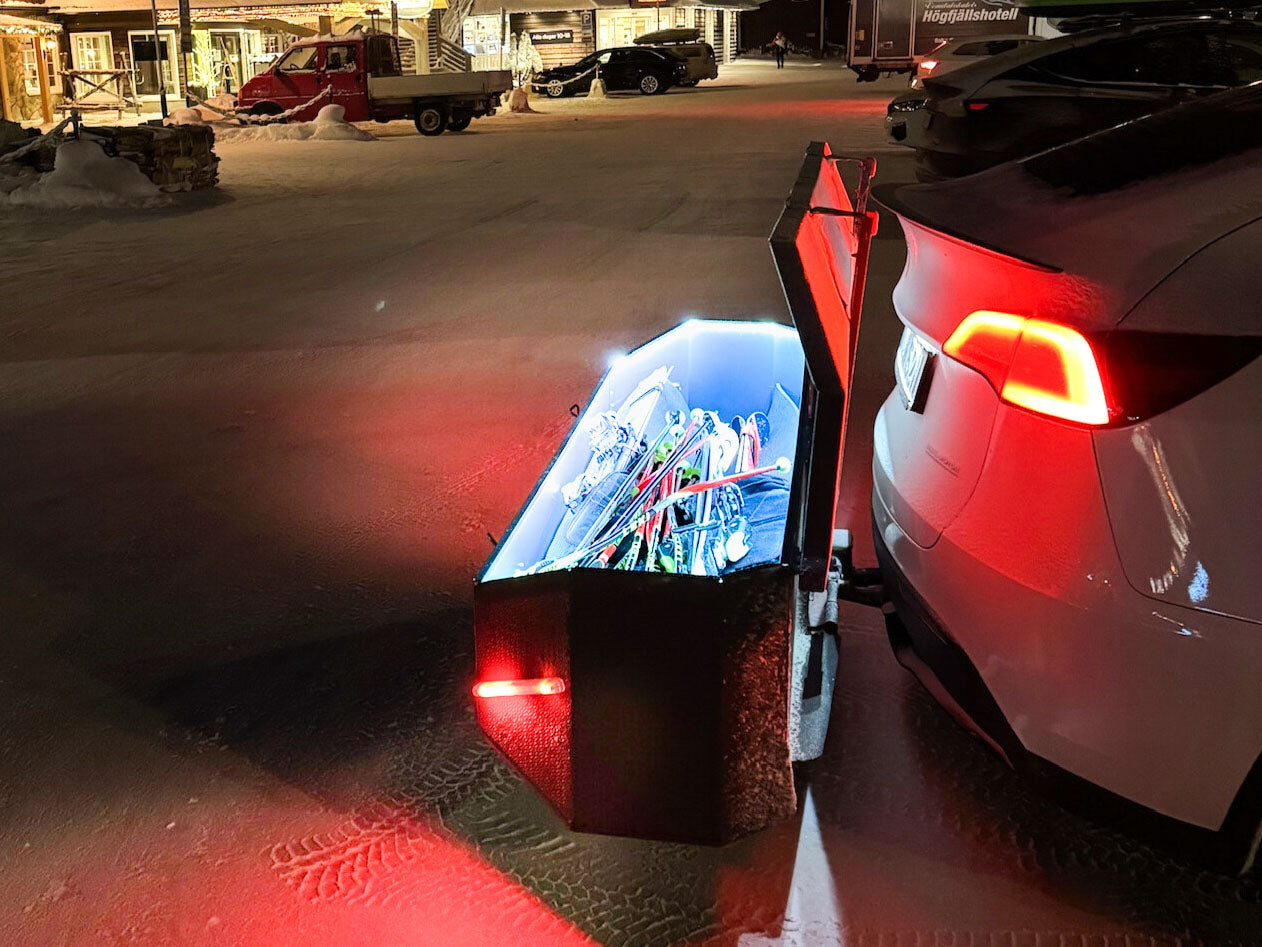
Shedding Light on Important Cargo Box Features
Lighting options can make all the difference when selecting the ideal Cargo Box. Ensure the Cargo Box comes equipped with external safety lights that connect directly to your vehicle’s tail lights, enhancing visibility and safety on the road. For added convenience, look for models that include internal lights, allowing you to easily access your gear in low-light conditions, such as during winter evenings or night-time adventures.
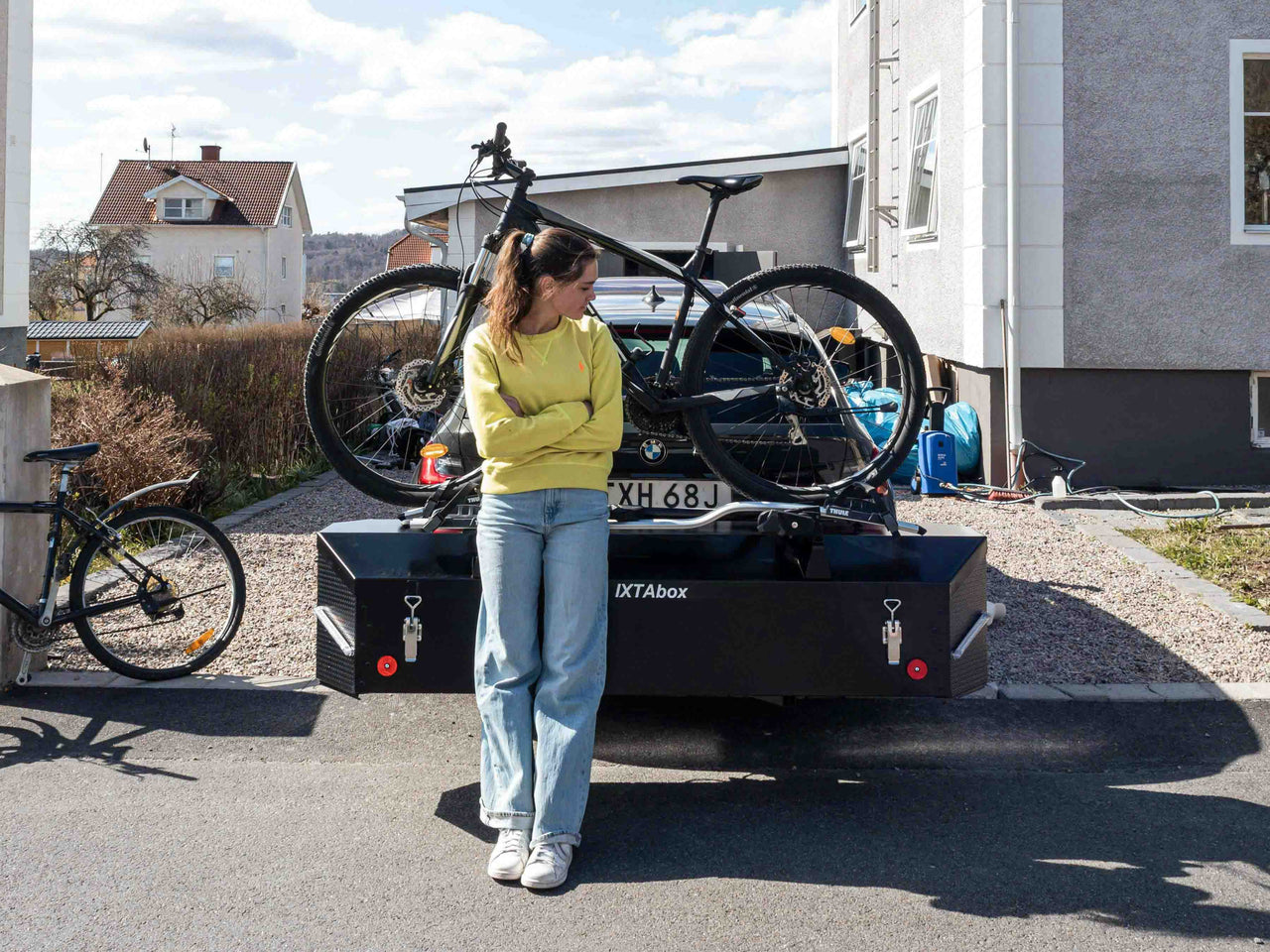
Extra, Extra Space
Unlike traditional roof boxes, a Cargo Box can come with additional space features designed for convenience and versatility. With your gear easily accessible, some models offer the ability to place items on the lid of the Cargo Box. For instance, certain designs include pre-attached rails (IXTAbox) perfect for mounting bike racks, securing longer skis, or attaching extra luggage. This extends the benefit of not having to reach the roof of your car to reach these additional items that you previously mounted there too.
Some Cargo Boxes will benefit from the ability to store your gear while not mounted thanks to their shape.
Moreover, some Cargo Box models come equipped with innovative organization features. Internal separation walls help you keep your gear neatly organized, and smart bag solutions attached to the inside of the lid provide extra storage for smaller items. These thoughtful additions can make a Cargo Box a storage solution and a fully-equipped packing companion for all your adventures.
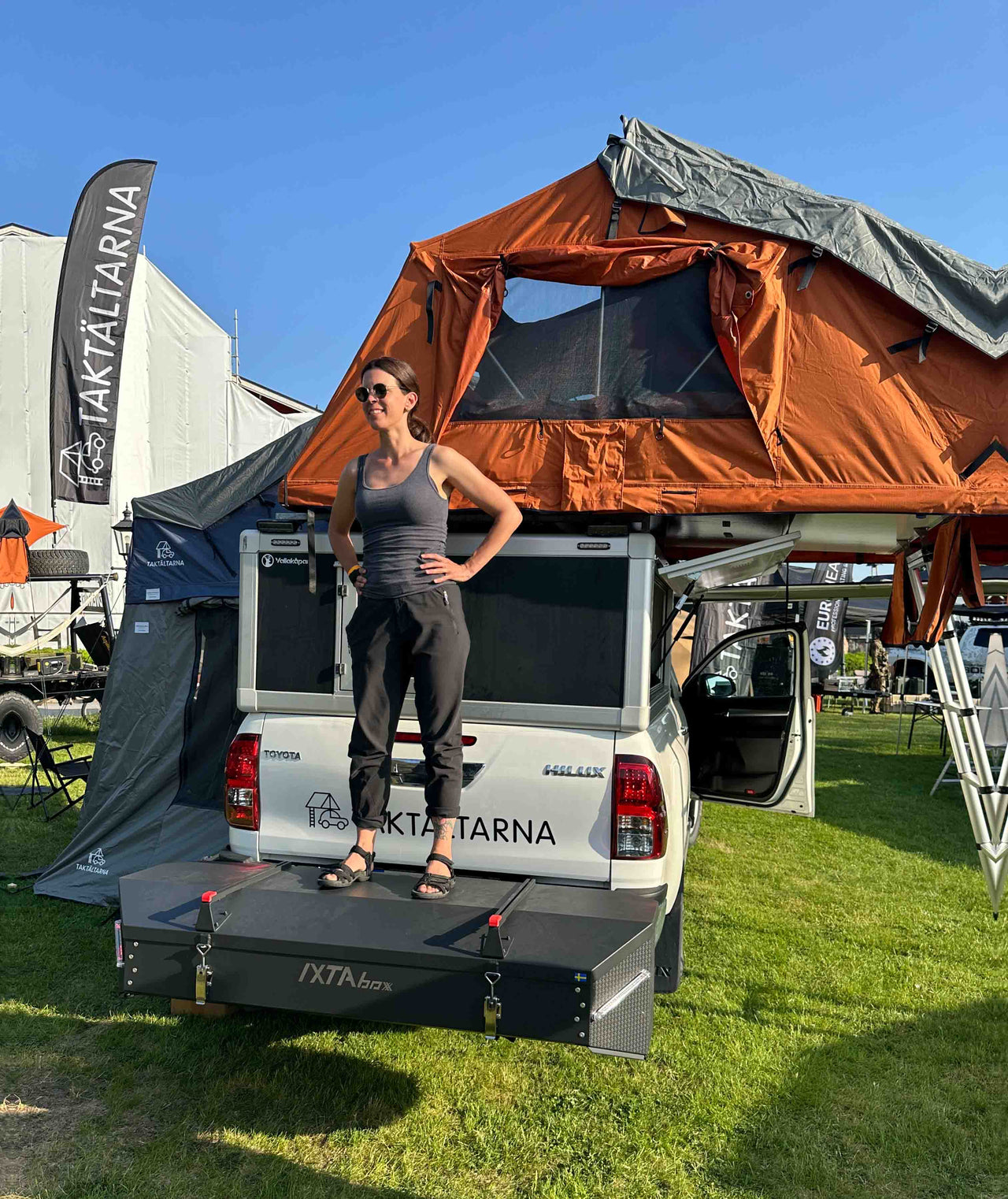
Net Loading Weight
Another key factor to consider is the net loading weight. How much gear do you plan to carry in your Cargo Box? Ensure the advertised weight capacity includes the weight of both the supporting structure and the box itself. You don't want to be surprised by a mechanism that can't handle your gear. For instance, most Cargo Boxes like the Thule Arcos line have a weight capacity of 50kg, whereas the IXTAbox can handle up to 100kg.
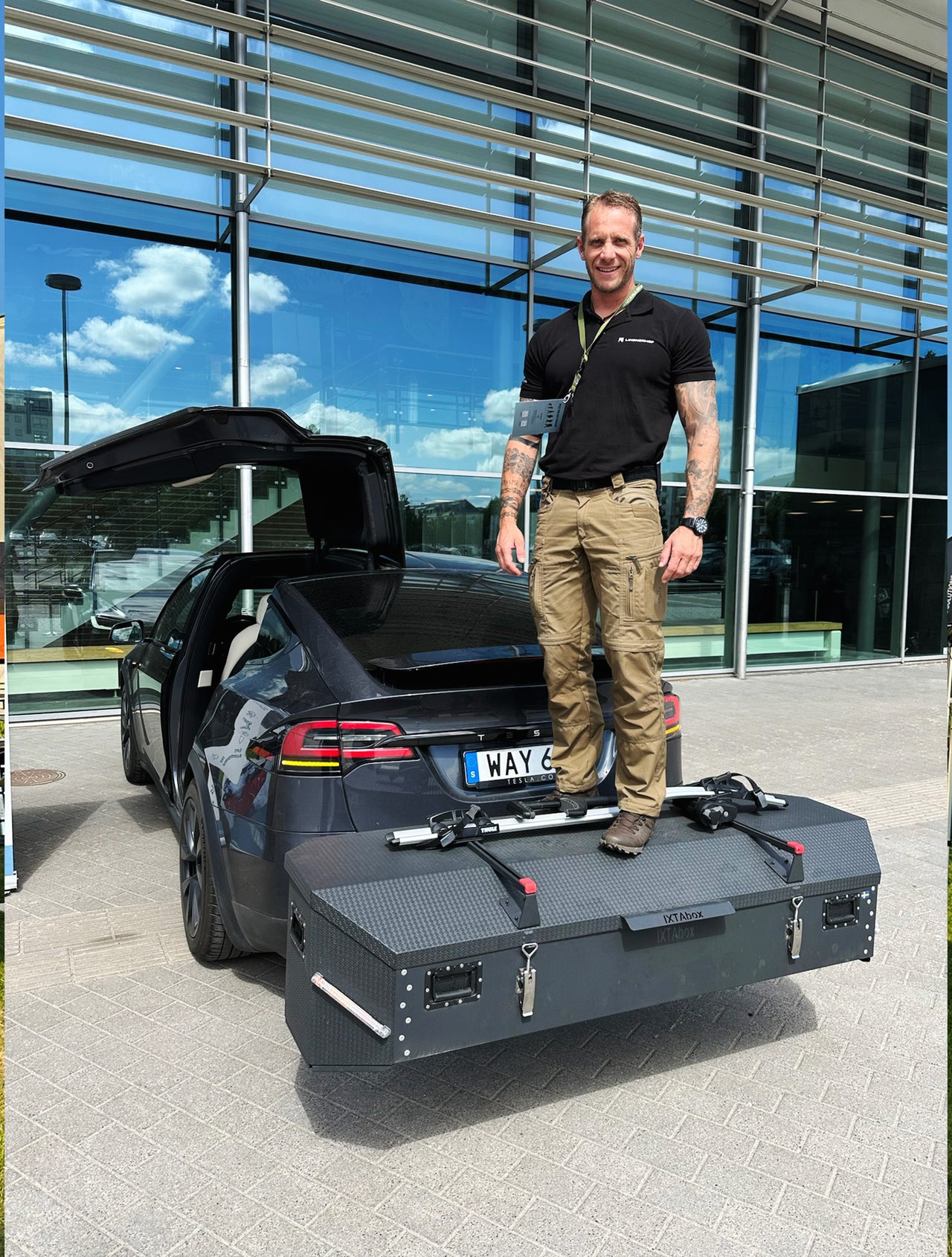
The Importance of Quality Materials
When choosing a Cargo Box, quality is paramount. Pay attention to the materials used in its construction. Sturdier, high-quality materials make a Cargo Box better suited for rugged use and harsh environments. Boxes made from superior materials will perform better in extreme climates and have a longer lifespan compared to those made from cheaper materials. Additionally, materials like stainless steel and aluminium are easier to clean—simply hose them down for a quick wash. For instance, IXTAbox features built-in drainage holes and flat surfaces that are easier to clean compared to the more contoured designs of other Cargo Boxes.
Build quality is equally important. A well-constructed Cargo Box will enhance your adventures with durability and convenience, ensuring you’re always ready for the road ahead.
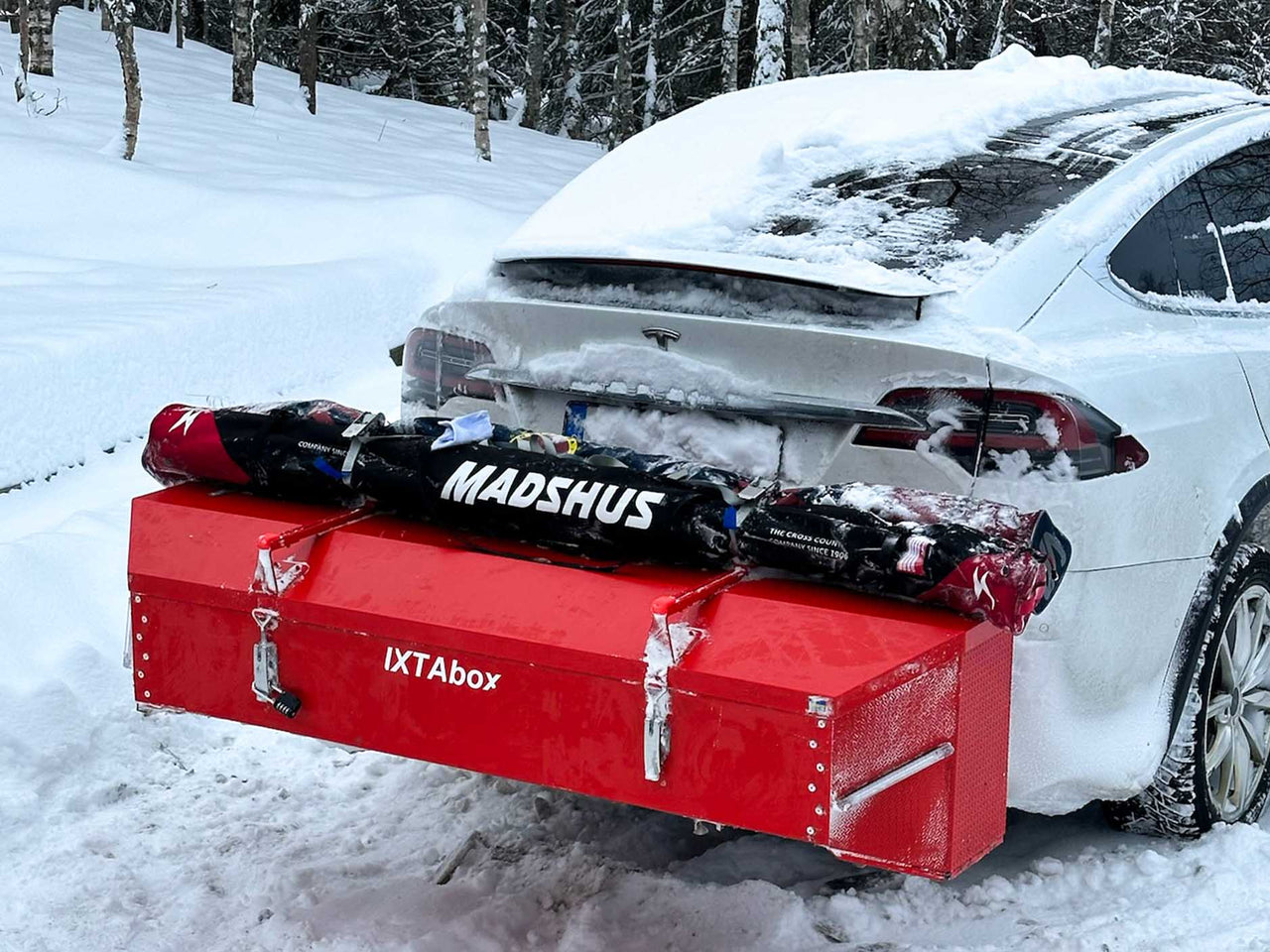
IXTAbox: Discover Your Perfect Cargo Box
We trust this guide has provided valuable insights to help you find the ideal Cargo Box for your needs.
At IXTAbox, we're pioneering the future of extra car storage with innovative designs tailored to diverse lifestyles. Whether you're an adventurer, commuter, or weekend warrior, our mission is to deliver the ultimate Cargo Box experience. Explore IXTAbox today and elevate your journey with unparalleled convenience and quality.
We’re on a mission to become the Best Cargo Box on the Planet.
